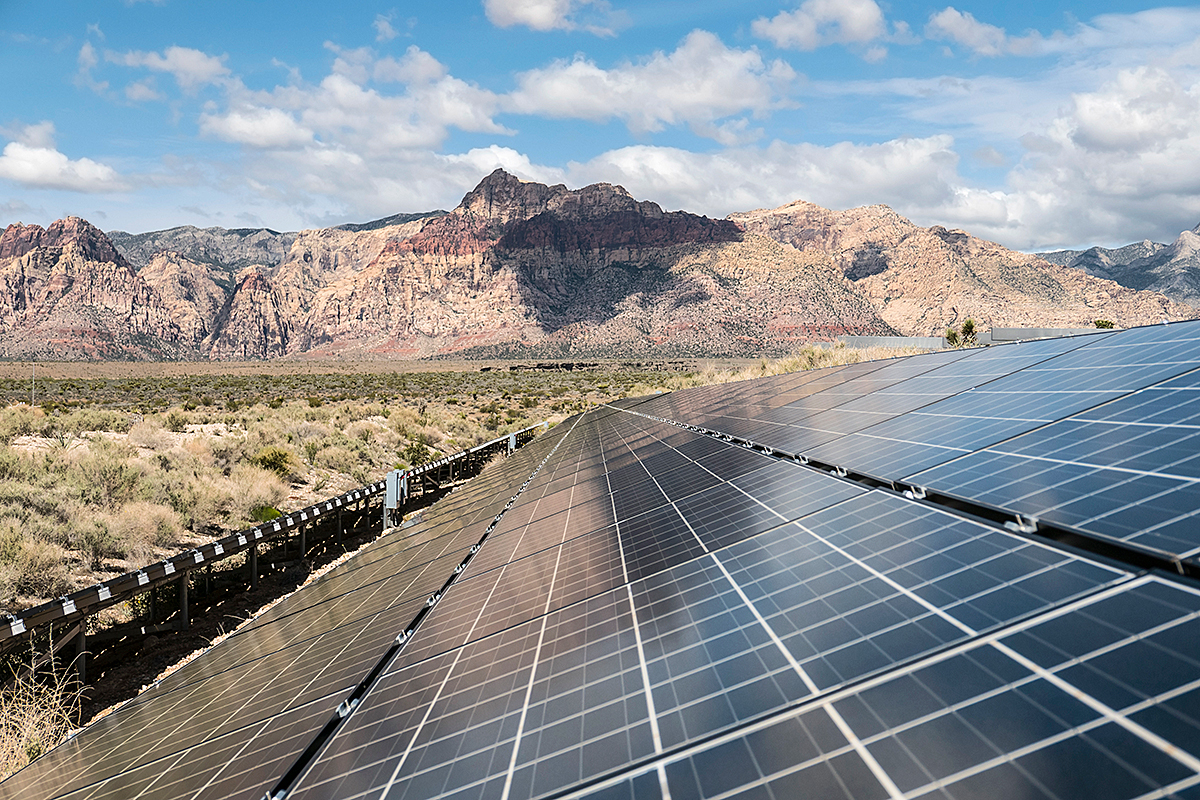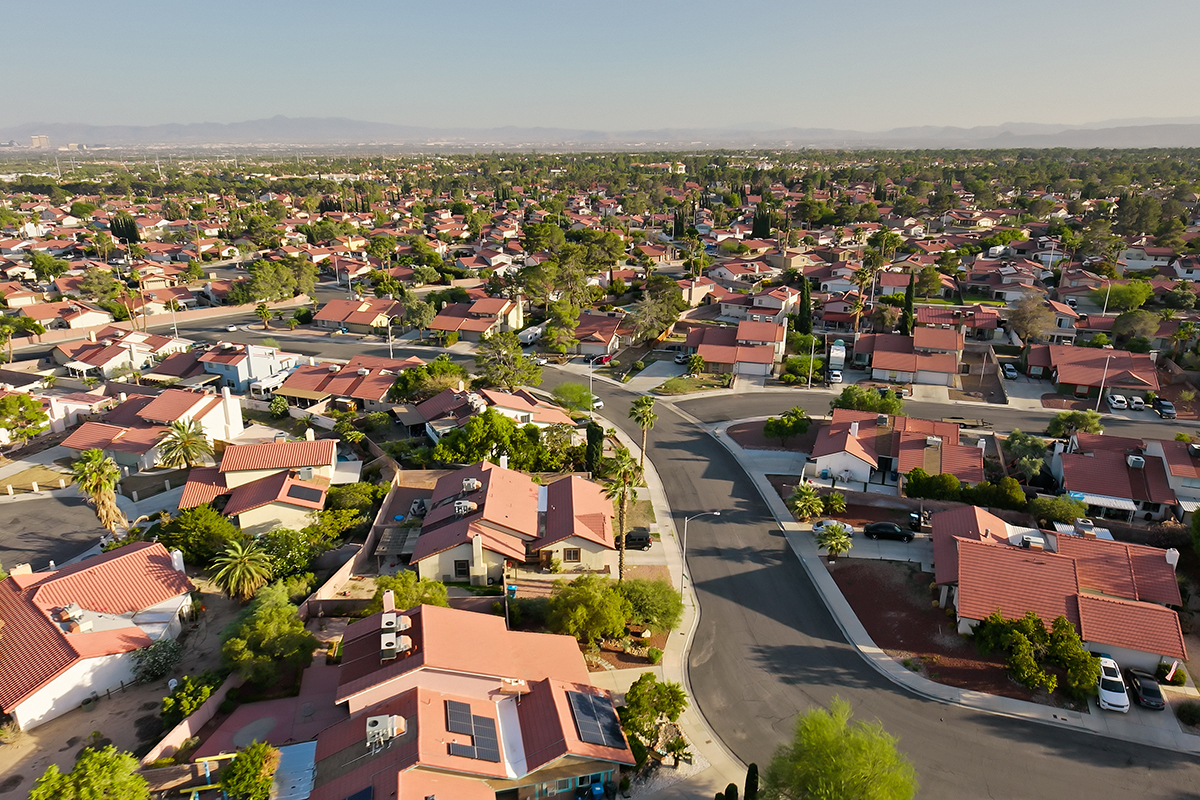
Las Vegas has been one of the fastest-growing cities nationwide for several decades, given its proximity to other population centers, lack of state income tax, and business-friendly environment. As Las Vegas has continued to grow, the overall amount of developable land has shrunk, with experts pointing to about eight years of supply left until Las Vegas is built out. But why? The federal government owns more than 80% of all land in Nevada—the highest ownership of any U.S. state. In Clark County alone, a county roughly the size of New Jersey, the federal government owns more than 90% of all land.
What Developable Land is and Why We Need It
Developable land generally refers to land that is suitable, legally permissible, and otherwise compatible for new construction. This land can be turned into housing, shopping centers, industrial parks, or other buildings. Developable land does not include land subject to conservation or preservation, such as national parks or areas with protected wildlife.
Access to developable land is critical for Nevada and the Las Vegas Valley’s continued growth. From a housing perspective, simple laws of supply-and-demand entail that more available land should lead to lower housing prices. Access to developable land also leads to economic growth, which means more jobs. Large plots of contiguous land are generally required for the development of logistics and manufacturing facilities. Further, with the rise of AI, the availability of developable land will be mission-critical for the growth of Nevada’s data center industry. And Nevada is geographically desirable for these projects due to its lack of major seismic activity, the rarity of flooding, and its abundant sunshine, which in turn supports Nevada’s growing renewable energy portfolio necessary to power all of these AI factories.
Private ownership of land not only creates economic growth and jobs but it also generates property tax revenue. As Nevada has no state income tax, property taxes are a crucial revenue stream, directly supporting essential public services such as state and local governments and public schools. Land owned by the federal government—which, again, is about 90% of the land area of Clark County—generates zero property revenue for state and local governments.

Can the Federal Government Release Land?
Much has been discussed at the federal level in an attempt to remedy Nevada’s housing crisis, but minimal progress has been made. In April, Governor Lombardo and the Bureau of Land Management (BLM) signed an MOU to share data on BLM-managed federal lands for “disposal” that Nevada can then identify for housing and development. Earlier this year, Nevada’s federal delegation introduced bills calling for the release of public lands, but unfortunately, further action to release more federal lands for private development has been stalled.
What Is Happening Locally
Nevada’s state legislature has taken some action to increase available housing. Chapter 287 of the Nevada Revised Statutes (NRS) covers planning and zoning. In the most recent legislative session, AB 241 was passed, which requires each governing body to “adopt an ordinance that authorizes by-right a multifamily housing development or mixed-use development that includes a residential use on property zoned for commercial use.” Properties exempt are those zoned for or in relation to an airport, property in the region governed by the Tahoe Regional Planning Compact, and industrially zoned properties. Moreover, “the ordinance may establish standards and requirements to qualify for by-right a multifamily housing development or mixed-use development,” meaning that a long vacant shopping center or big box store can be razed and replaced with multifamily housing. This legal change may be a boon to adding more housing to the mix in Clark County.

The Future of Housing
State measures aimed at redeveloping commercial properties into multifamily housing offer a partial solution to what many experts, business leaders and government officials have described as a housing crisis. These measures can indeed provide some relief by increasing the overall amount of land available for new housing, particularly in urban areas where older commercial properties have reached the end of their useful lives. To truly make a difference, however, federal action is an indispensable requirement to increase the amount of developable land for housing and the expansion of business and industry and job creation, to increase the availability of developable land.
~~
Robert E. McPeak is a director at Fennemore’s Las Vegas office, practicing in the Real Estate group. His extensive practice encompasses all facets of real estate, from property acquisition, financing, and development to sales, leading him to work on projects ranging from retail, industrial, planned communities, casinos, and more. Robert can be reached at rmcpeak@fennemorelaw.com.


